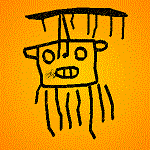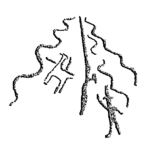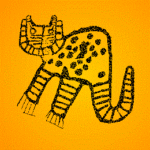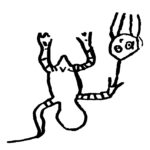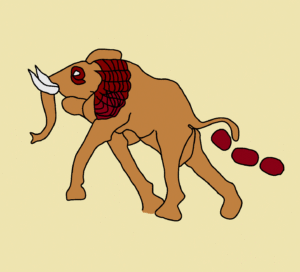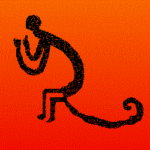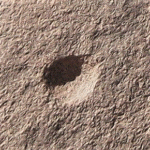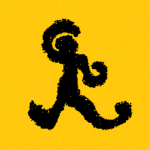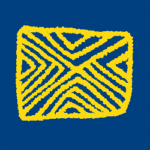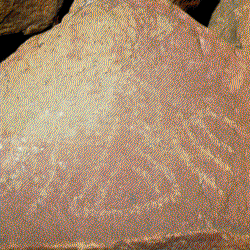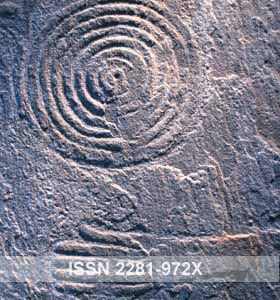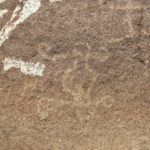 Many rock art sites are easily destroyed, also in Peru, especially because of road constructions or mining activities. This paper describes three petroglyph sites near the village of Huaca Blanca in northern Peru. Especially Huaca Blanca has already been partially destroyed by unwanted quarrying. This paper offers a brief inventory of what is (was!) available during our surveys. The thumbnail to the right shows a prehistoric petroglyph next to recent damage.
Many rock art sites are easily destroyed, also in Peru, especially because of road constructions or mining activities. This paper describes three petroglyph sites near the village of Huaca Blanca in northern Peru. Especially Huaca Blanca has already been partially destroyed by unwanted quarrying. This paper offers a brief inventory of what is (was!) available during our surveys. The thumbnail to the right shows a prehistoric petroglyph next to recent damage.
By Maarten van Hoek



